DISCOVER THE CAMPANIA REGION
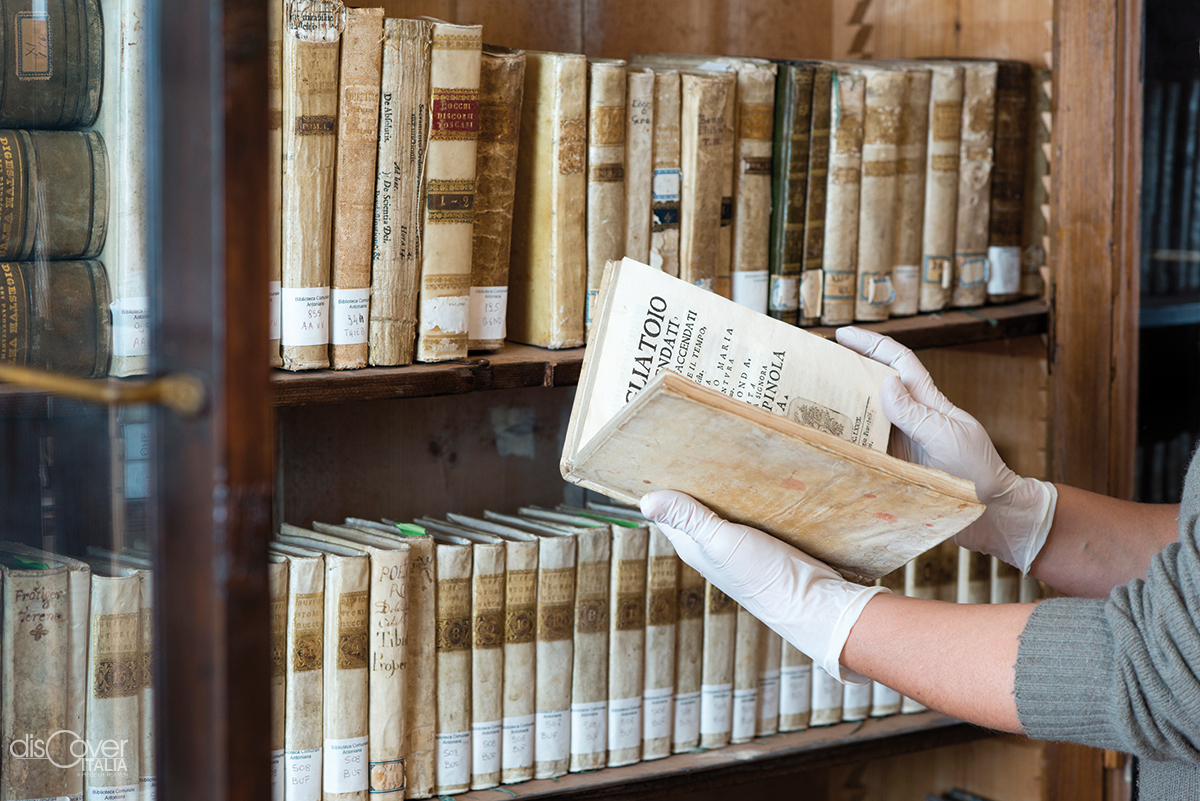
It’s now out of the dark of the centuries and bookshelves. Available for scholars in the hall opening next to the plaster bust of monsignor Onofrio Buonocore, founder of the Biblioteca Antoniana, from whose windows one can admire Castello Aragonese and feel the saltiness from the nearby sea penetrating the walls. A paper strongly yellowed over time, with wide spots of humidity, indicating with its antiquity its true valor.

Il suo vero nome non lo sapremo mai. Ma quattro lettere in alfabeto calcidese, scritto da destra verso sinistra, sono state sufficienti a risparmiargli l’anonimato comune alla maggioranza dei suoi colleghi. C’è l’ha fatta, Inos, a sconfiggere l’oblio.
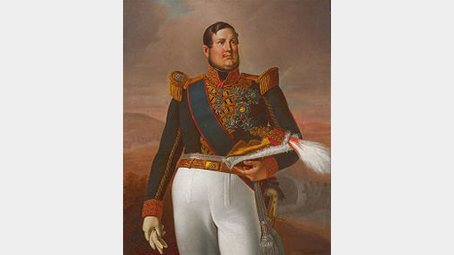
Son of Francis I. He was born in Palermo on the 12th of January 1810 when de Bourbon court was in Sicily because of the French occupation in Naples. He ascended the throne of the Two Sicilies at the age of twenty, on the 8th of November 1830. In 1832, he married Maria Cristina of Savoya, who died of puerperal fever after having given birth to the long-awaited successor Francis.

The Patron saint of the island of Ischia and joint Patron saint of Naples. He was born with the name of Carlo Gaetano Calorsito in the hamlet of Ischia Ponte on 15th of August 1654. He was the son of a noble family living on the Castle. He pursued classical studies with the Augustinians.

The first Aragonese sovereign of Naples, Alfonso of Trastamara also known as the Magnanimous. He was born in Medina del Campo the 24th of February 1396. He took the throne of Aragon when his father Ferdinand died in 1416, while his brothers took care of consolidating the control of the dynasty in Castile, Alfonso asked to be financed from the Cortes for the expedition of the conquest of Sardinia and for an unsuccessful attempt to occupy Corsica.
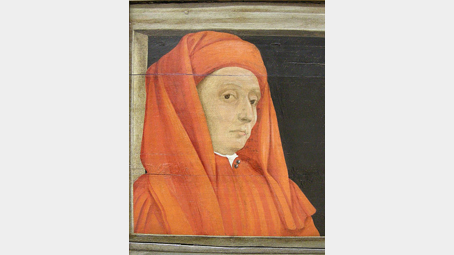
Extraordinary artistic talent, Giotto of Bondone was born in Vicchio, in Mugello, maybe in 1267. The information regarding his first years are meagre and it is not historically proved that he has been a pupil of the great Cimabue. The first work attributed to him is from 1290: a Virgin for the church of Borgo San Lorenzo of which there is only a fragment remaining.

Il marchese di Pescara Francesco Ferrante, figlio di Alfonso II d’Avalos, nacque a Napoli nel 1490. Rimasto orfano giovanissimo, fu amorevolmente cresciuto sull’isola dalla zia Costanza, governatrice della Città d’Ischia, tra i protagonisti della storia del Regno di Napoli in quell’epoca di grandi contrasti tra Spagnoli e Francesi per il controllo dell’Italia meridionale.

One of the greatest Italian poets of the XVI century, a leading figure of the Renaissance, friend and confident of Michelangelo Buonarroti, Vittoria Colonna was born in Marino in April 1490 (or maybe 1492). Daughter of the mercenary captain Fabrizio Colonna allied of the Aragonese of Naples and of Agnesi of Montefeltro, lords of Urbino.

He had a deep knowledge of Semitic and oriental languages and was a religious historian. He was born in Brittany, at Tréguier, on 28th of February 1823. Orphan since his youngest age, he entered the seminary when he was fifteen. He left it seven years later in order pursue his studied, which led him to Italy for his degree about Averroism (school of philosophy based on the works of the philosopher Averroes).

The great Norwegian playwright Henrik Ibsen was born in Skien on 20th of March 1828, second-born of a wealthy. However, the economic fortune of the family suffered a hard blow when Henrik was still a child and the Ibsen family had to move to a farm.
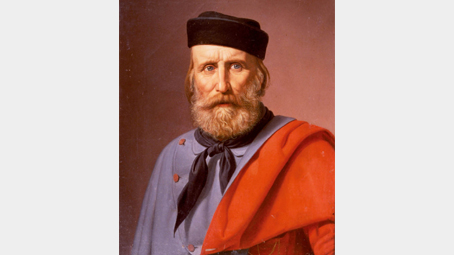
The Hero of the Two Worlds was born in Nice, already French, from an Italian family on 4th of July 1807. Boarded as a ship’s boy, over the years he was able to command his ship and in 1833, he enrolled in the “Young Italy” of Giuseppe Mazzini. In 1834, he participated in a first revolt in Savoy, which failed. He then had to escape while he was already sentenced to death.

To him we owe the historical evidence of Pithekousai, of its pre-existence in Cumae and, therefore, of its role as a cradle of Magna Graecia. The archaeologist Georg Buchner was born in Monaco of Bavaria on 8th of August 1914, son of the famous zoologist Paul and a Venetian painter, who started to regularly frequent Ischia, living on a small of hill of Saint Alexander on 1927.

A keen naturalist and great narrator, Jörgen Vilhelm Bergsöe was born in Copenhagen on 8th of February 1835. He got a degree in zoology and a strong scientific preparation.
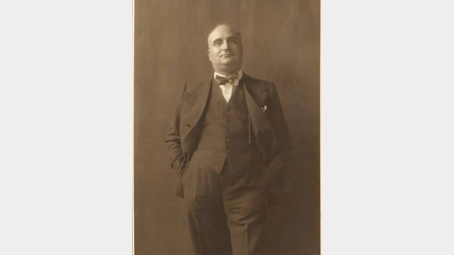
The main creator of the touristic development of the island of Ischia during the post-war. Angelo Rizzoli was born in Milan on 31st of October 1889, already orphan of his father who was a very poor and an alphabet cobbler. For this reason, he grew up in an orphanage, raised between the martinitt, where he learnt the profession of typographer.

He studied to be a priest. He was an archaeologist first by chance and then by passion, don Pietro Monti as the discoverer of a treasure trove of testimonies and archaeological finds from VIII b.C to the dawn of Christianity in the underground of Lacco Ameno.
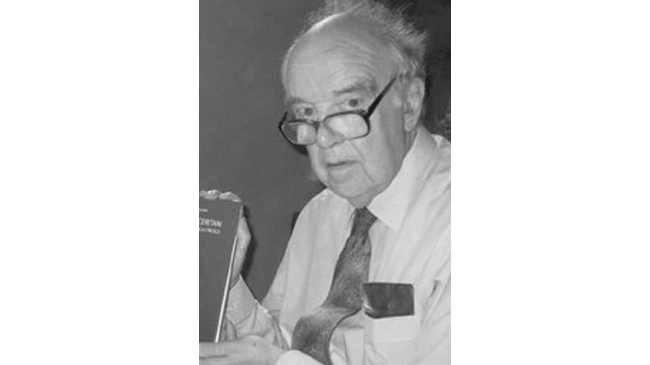
He was a famous Etruscan expert and a had a deep knowledge of the ancient Ischia, a long term collaborator of Georg Buchner, the discoverer of Pithekousai. David Ridgway was born in Athens on 11th of May 1938. After his degree in Classical Literature at the University College of London in 1960, he attended a post-university specialisation course about the European and Mediterranean Archaeology in Oxford.

One of the greatest poets of the XX century, Wystan Hugh Auden was born in York on 21st of February 1907 in a middle-class family. Passionate about literature, he went to Oxford university where he founded a literacy circle and he considerably expanded the horizon of his intellectual interests.
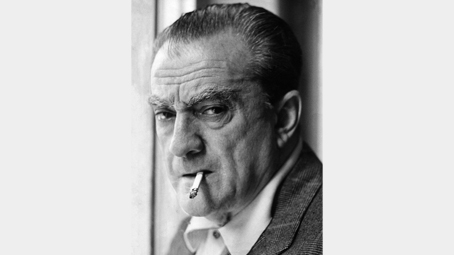
Great and prolific film, theatre and lyrics works director, well-known screenwriter, bearer of a personal and unmistakable style on the large- screen. He became the pioneer of Neorealism. Luchino Visconti di Modrone was born in Milan on 2nd of November 1906.

The author of Breakfast at Tiffany’s and In Cold Blood, Truman Streckfus Persons, among the greatest American writers of the XX century with the nickname of Truman Capote, was born in New Orleans on 30th of September 1924.
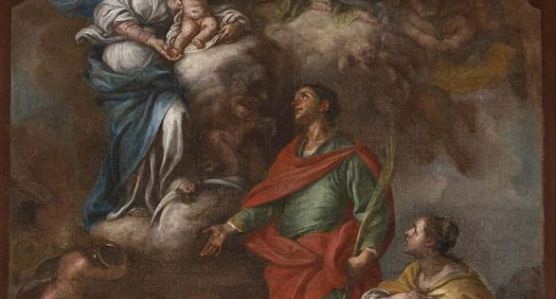
His works are the ideal fil rouge of a tour from a side of the island to another, between churches rich in artistic treasures. He was born in Lacco Ameno on 1st of January 1697 in a wealthy family with different landed properties. Alfonso Di Spigna was Francesco Solimena’s pupil and, as a kid; he spent in Genoa seven decisive years for his education.
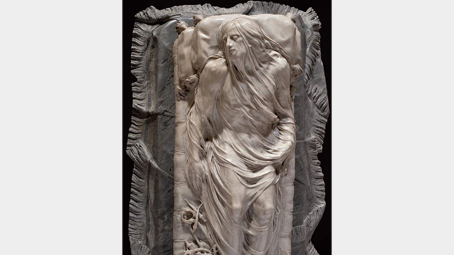
Author of the Veiled Christ, Giuseppe Sanmartino was born in Naples in 1720. He was a student of Matteo Bottiglieri, and since the beginning, he dedicated himself to sculpture. The first new identify him as the author of two statues in the cathedral of Monpoli of 1747.
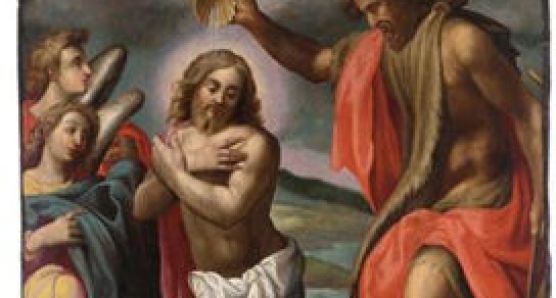
He has been confused for a long time with Cesare Calene of Lecce, due to his Latinised signature “Caesar Calensis” which he usually used. Cesare Calise was actually a painter from Forio of Ischia, where the Calise nickname is widely diffused.

Versatile and prolific author, excellent orchestra leader, Willian Waton was born in a musicians family on 29th of March 1902, in Oldham in England. He was a church chorister and at the age of only ten, he was called in the choir of the cathedral of Oxford University and he started studying autodidact compositions of autodidact and composing the Viola Concerto, very positively approved.
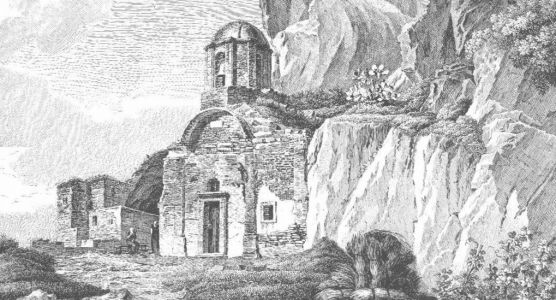
Among all the eremites who over the centuries retreated on the Mount Epomeo, the story of Giuseppe d’Arguth or Nargouth is certainly particular. It started on the Castle, which the Flemish was the governor and the garrison Commanding Captain of until 1754, when he decided to leave his prestigious responsibilities in order to change life and become anchorite on the top of Punta Verde which dominates the island.
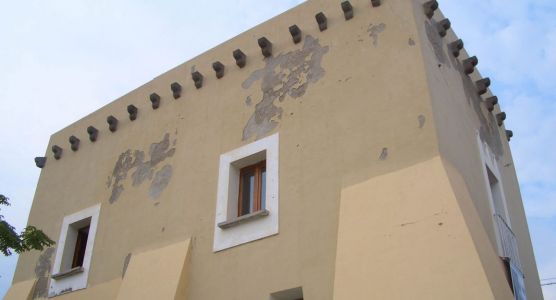
General, viceroy of Palermo. The famous thermal waters, which he benefited from, took him to Ischia. He lived in Testaccio, from where it was difficult to reach the water of Olmitello, useful for his problems. He decided to build a road to connect Testaccio to Maronti beach.
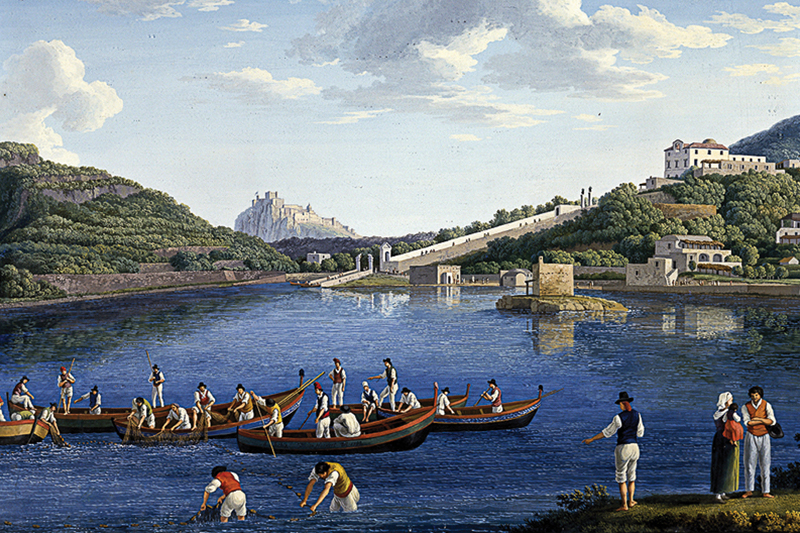
Until 1854, the port of Ischia was a lake of volcanic origin, which only a narrow strop of sand separated from the sea. Inside, there was an inhabited islet. Which in 140 A.D was the subject of a letter sent by the young Marcus Aurelius, future emperor, to his rhetoric teacher, Fronto.
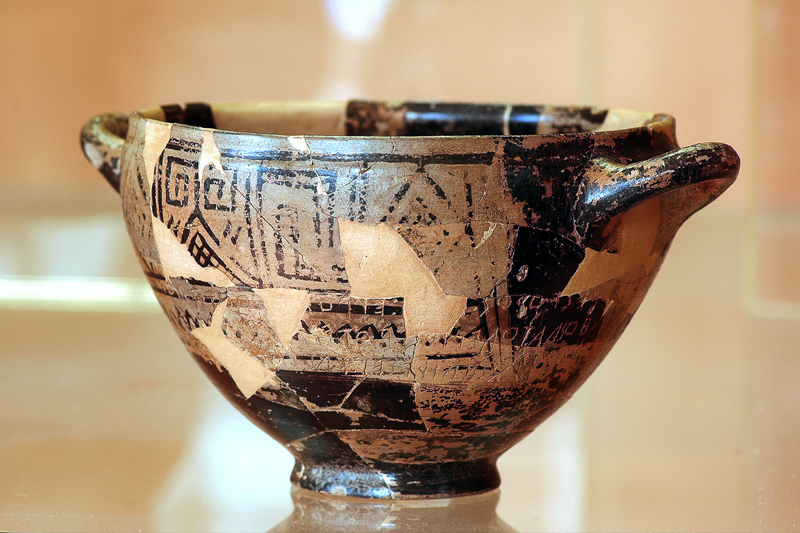
The Latin alphabet, which still uses a large part of the world's population today, has its origin in the Greek alphabet used on the island of Euboea. From there, around 790/780 BC. the settlers arrived on the island of Ischia, which they called Pithekoussai.
Copyright © 2025 - All rights reserved. Any type of reproduction, even partial, without permission is strictly forbidden.